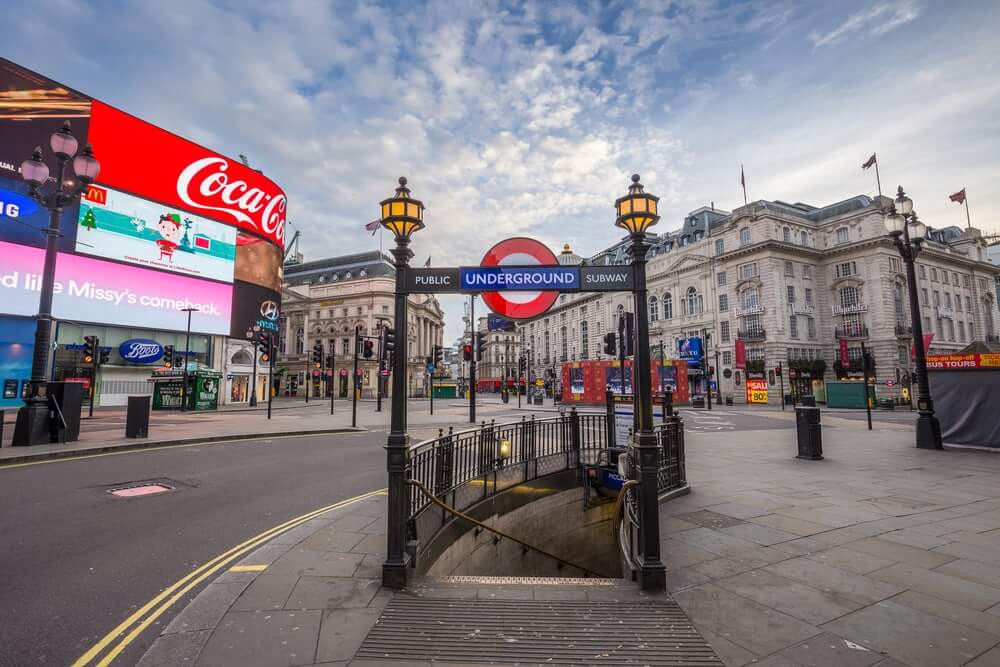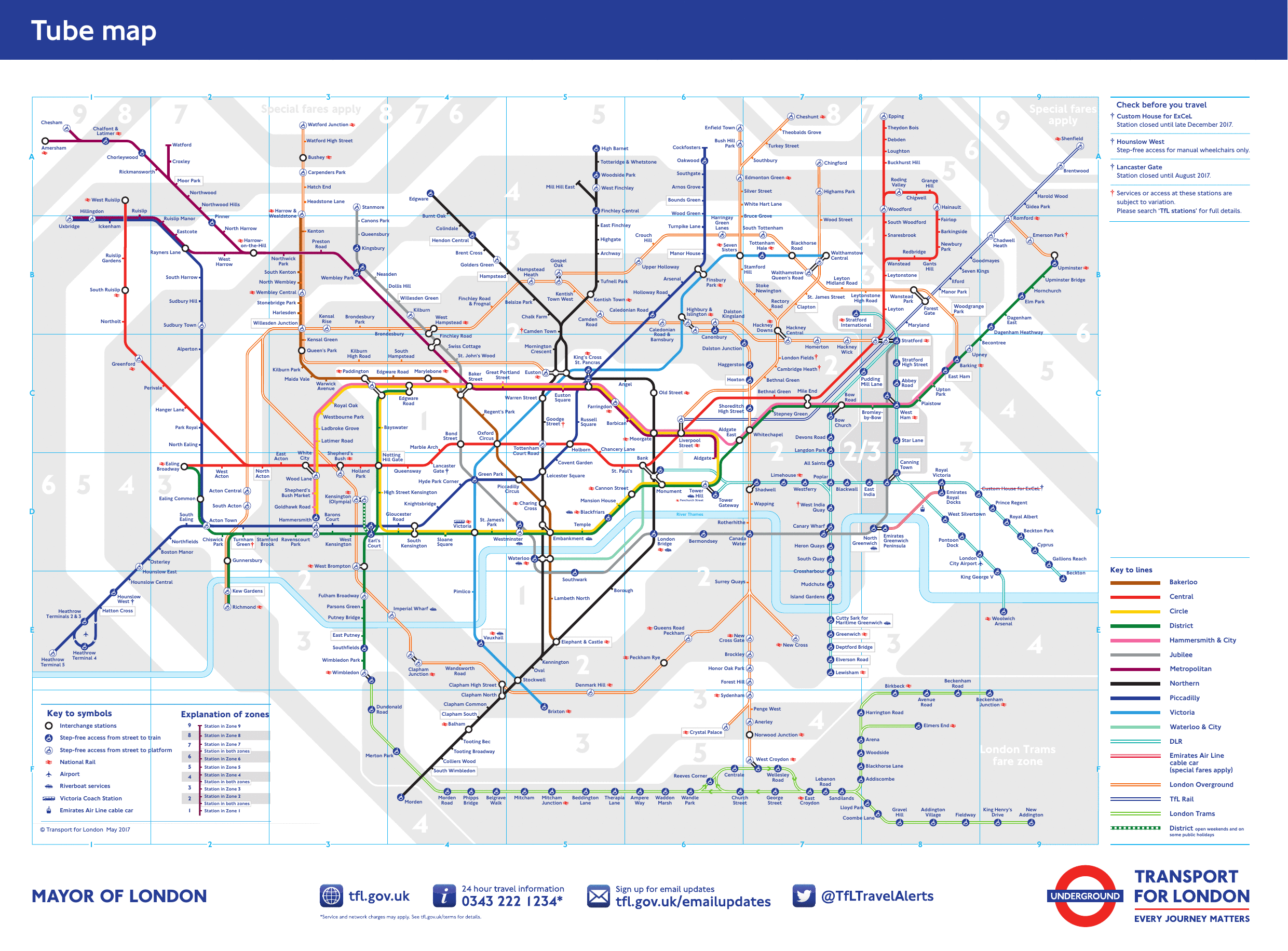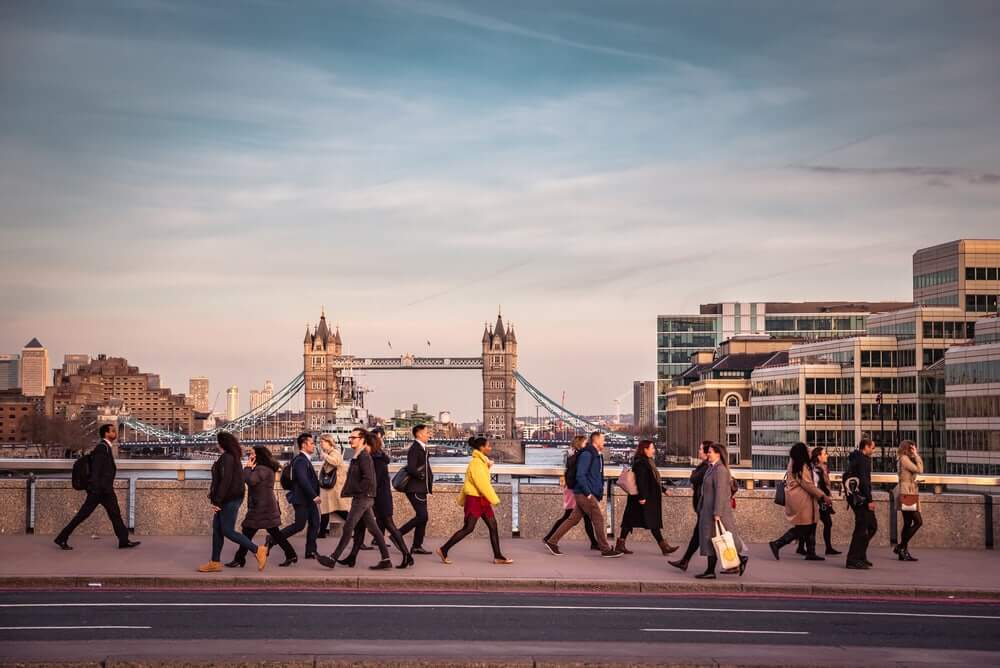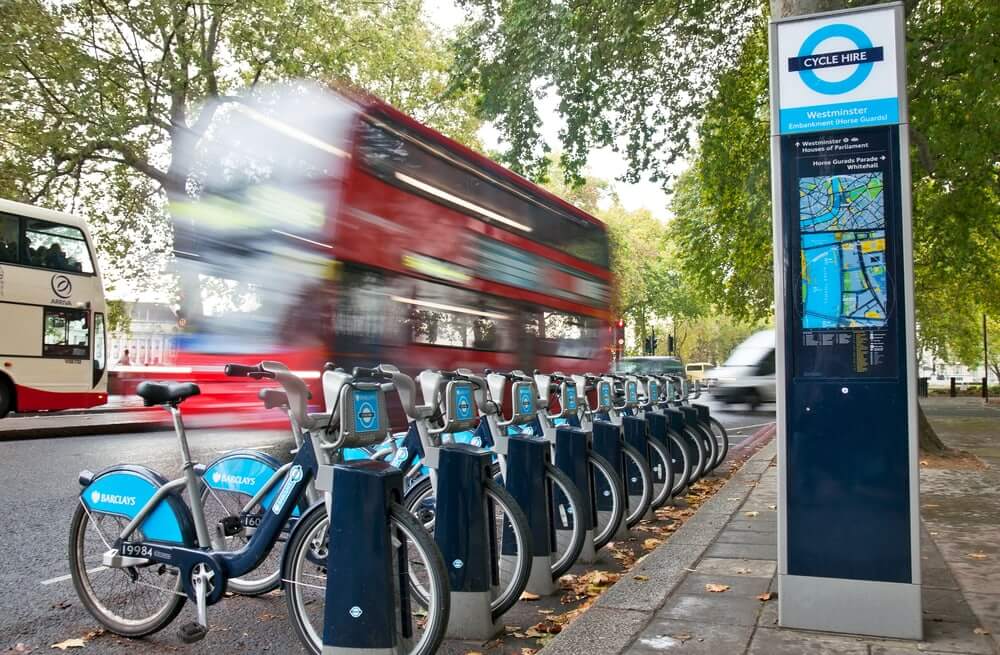The Best Way To Travel Around London: Underground, Bus, Walking, Cycling?
London is a great city to visit, study in and has great student studios. There are so many things to do and appreciate, from ancient pubs to palaces, to parks and more statues and blue plaques than are possible to see in a single sightseeing excursion. Below we take a look at four of the best ways to see the city and get around.

Read more: The Best Things To Do Within A Mile of Urbanest Hoxton
The Underground
Also known as the Tube, consists of eleven lines that carry over 1 billion passengers every year (so expect some crowding at peak times!). Travelcards are split into various zones, with most famous London attractions (as well as Urbanest accommodation) in zone one. The Oyster card is a godsend for travelling around London quickly, they are reusable, you can top them up easily, and a simple swipe gives you access to the entire subterranean network.
Check out which London travel pass is right for you.
Remember there are a few rules to follow such as keeping right on escalators, let people off the train before getting on, carry water in the warmer months and don’t be afraid to ask for help.

Bus
Did you know: there are over 8,000 buses zipping across London on over 700 routes covering 19,500 stops and carrying over 1.8 billion passengers every year? It’s cheaper than the Tube (£1.50 for a single), they accept Oyster cards and tickets can be bought on the bus (no cash but they accept contactless payment cards). You’ll see more sights than if you were underground, you’ll get fresher air, and if you get stuck in traffic you can hop off and enjoy a nice walk.
Read more: The London student’s guide to bus etiquette
Walking
This could be your ticket to a tailored touristic adventure around the capital. Plan your journeys around things to see and you’ll probably discover a shed load of incredible monuments, sights and vistas. Take Waterloo to Maida Vale as an example: Taking the tube will take 21 minutes on the Bakerloo line and for the privilege, you’ll spend that time squished into an underground train until about Paddington before you can enjoy fairly empty carriages for the next few stops.
However! Should you opt for walking, give yourself an hour and a half to cover the 4.3 miles and enjoy some real London gems with either Option 1: Westminster Bridge, Big Ben, St James’ Park, Buckingham Palace, Hyde Park, Edgware Road and Little Venice. Or Option 2: Waterloo Bridge, Trafalgar Square, Piccadilly Circus, Regent Street, Oxford Street, Edgware Road and Little Venice. Is that worth waking up a little earlier for? Yes, and of course there are countless more options to explore. London is a hotbed for culture, and travelling by foot is fraught with discoveries.

Cycling
The fresh air streaming across your face, the effortless mechanism spinning below you while you glide through the city to your next lecture. Idyllic isn’t it? You may have heard a few stories about London’s relationship with cyclists and it’s best to be in the know about cycle lanes and people’s attitudes to those who ride that fine line between motorist and pedestrian. Once you’ve got the hang of the city, it truly is your oyster. And don’t be put off by other cyclists, remember: the only difference between you and the cyclist wearing Lycra is not their heightened skill on two wheels, but that they bought loads of Lycra.
Check out these nine stunning cycling routes in and around London ranked from ‘easy’ to ‘hard’.

And if you’re ever stuck and don’t know which bus to take, where the nearest Tube station is, don’t have a bike or know where you are… you can always call a cab.
We hope this guide has come in handy and given you some ideas for your next excursion. We would love to hear your tips on how you travel around London! Do you have a favourite route? Have you discovered a secret path to get you from point A to point B? Let us know in the comment section below!